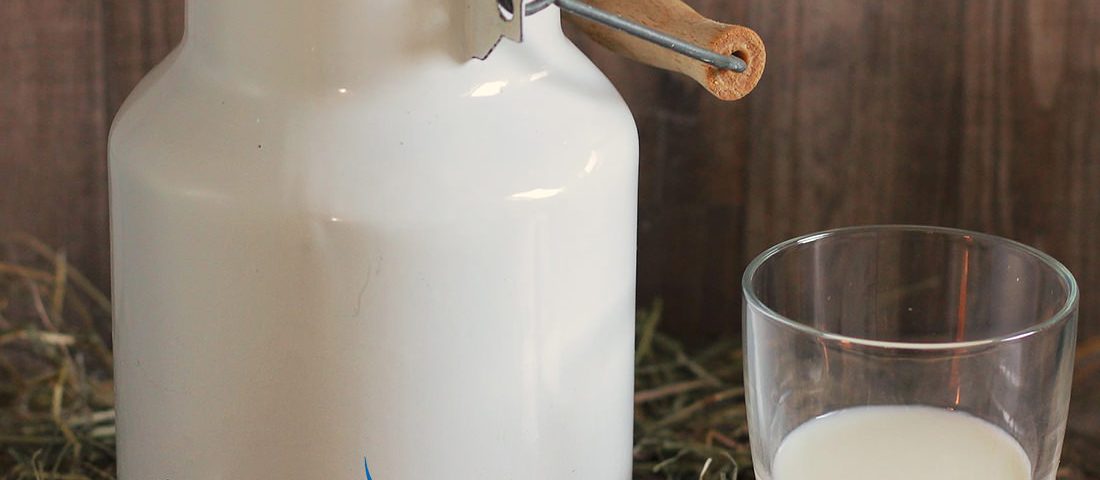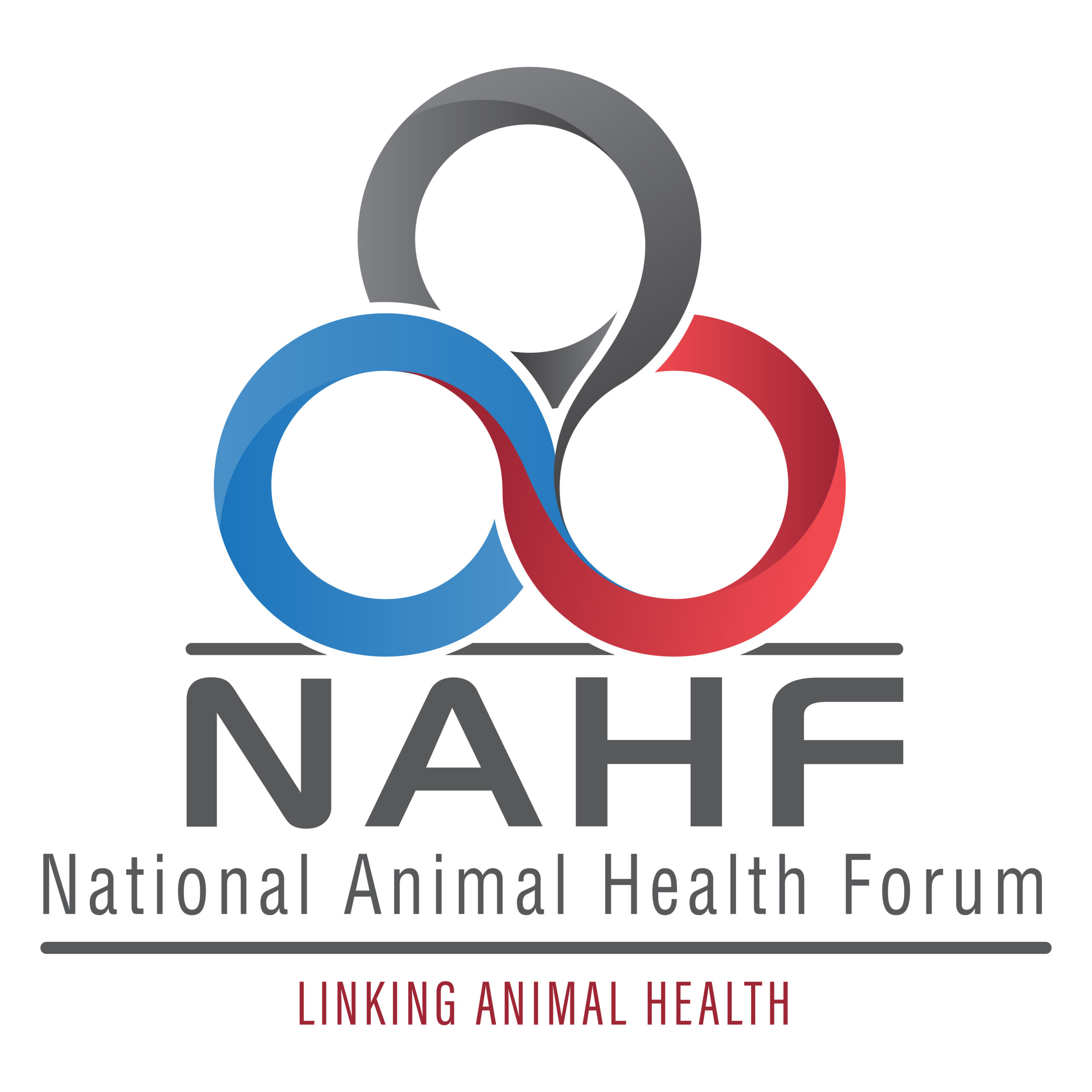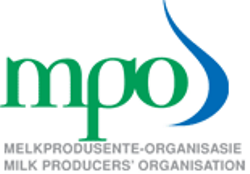
An increase in stall-stocking density (SSD), as measured by the number of lactating cows per stall in a freestall barn, reduces cow performance, such as milk yield and fertility, but may increase farm profitability. Our objectives were to calculate the effects of varying SSD on profit per stall for a range of effects on cow performances and external farm factors and store results in regression metamodels. The literature on the quantified effects of SSD on cow performance that directly affect cash flow was found to be weak. We assumed effects of SSD on milk yield, probability of conception, and probability of culling. External farm factors were probability of insemination, feed price, and milk price. A herd budget-simulation model was used which mimics the performance of cows in a herd and calculates profit per stall per year and other results. The SSD varied from 100% (no overstocking) to 150% (severe overstocking) in steps of 10%. Sensitivity analyses for the effects of SSD on cow performance and effects of external farm factors were performed. Three regression metamodels were developed. The first metamodel accurately predicted profitability at 100% SSD for all variations in the external farm factors. Optimal SSD varied from 100% to 150% SSD, depending on the combination of input, and was very sensitive to changes in the size of the milk loss and milk and feed prices. The average optimal SSD of all 2,187 combinations of input was 120% SSD and average maximum increase in profit was $99/stall per year. Of the 2,187 combinations of input, 18% were ascending (maximum increase in profit >150% SSD), 33% were descending (maximum profit at 100% SSD), and 50% had a maximum increase in profit between 100% and 150% SSD. The second metamodel accurately captured changes in profit for all combinations of biological and external input and SSD. A third metamodel captured break-even daily milk losses which would result in the same profit as at 100% SSD given the same external farm factors. In conclusion, overstocking was profitable under plausible economic conditions in the United States. The 3 metamodels accurately captured the results for a wide range of values of the input variables. A trade-off will occur between economically optimal SSD and animal welfare in some situations.
J Dairy Sci May 2016
Vol. 99, No. 5, pp. 3848-3857
A. De Vries*, H. Dechassa, H. Hogeveen
* Department of Animal Sciences, University of Florida, Gainesville, FL 32611 AABP Newsletter 8 June 2016
Published on Monday, 20th June 2016 - 11:49
Recent Posts
disclaimer









